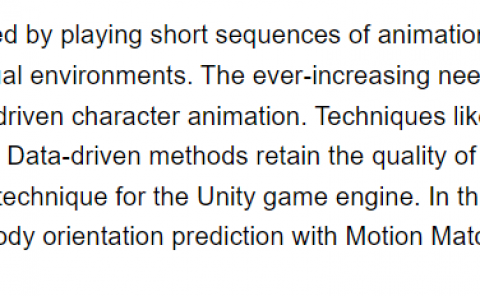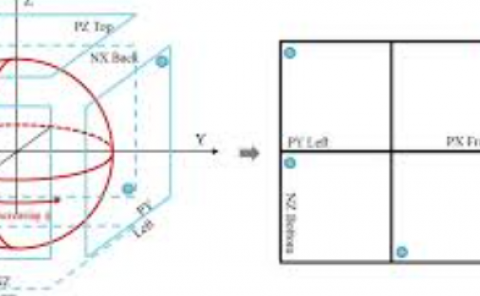Learning Audio-Visual Dereverberation
PubDate: June 2022
Teams: UT Austin,Facebook AI Research
Writers: Changan Chen, Wei Sun, David Harwath, Kristen Grauman
PDF: Learning Audio-Visual Dereverberation
Project: Learning Audio-Visual Dereverberation

Abstract
Reverberation from audio reflecting off surfaces and objects in the environment not only degrades the quality of speech for human perception, but also severely impacts the accuracy of automatic speech recognition. Prior work attempts to remove reverberation based on the audio modality only. Our idea is to learn to dereverberate speech from audio-visual observations. The visual environment surrounding a human speaker reveals important cues about the room geometry, materials, and speaker location, all of which influence the precise reverberation effects in the audio stream. We introduce Visually-Informed Dereverberation of Audio (VIDA), an end-to-end approach that learns to remove reverberation based on both the observed sounds and visual scene. In support of this new task, we develop a large-scale dataset that uses realistic acoustic renderings of speech in real-world 3D scans of homes offering a variety of room acoustics. Demonstrating our approach on both simulated and real imagery for speech enhancement, speech recognition, and speaker identification, we show it achieves state-of-the-art performance and substantially improves over traditional audio-only methods.



